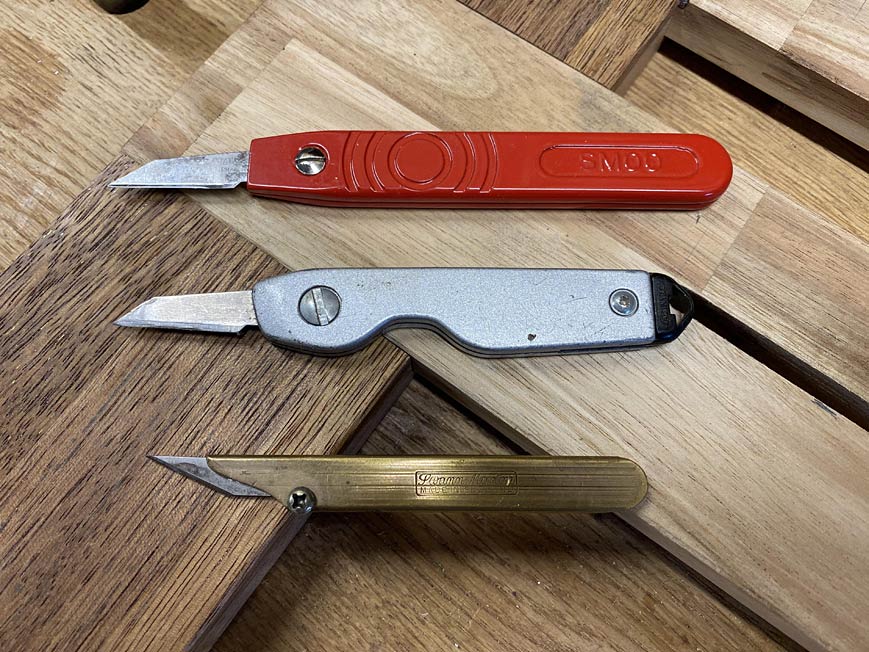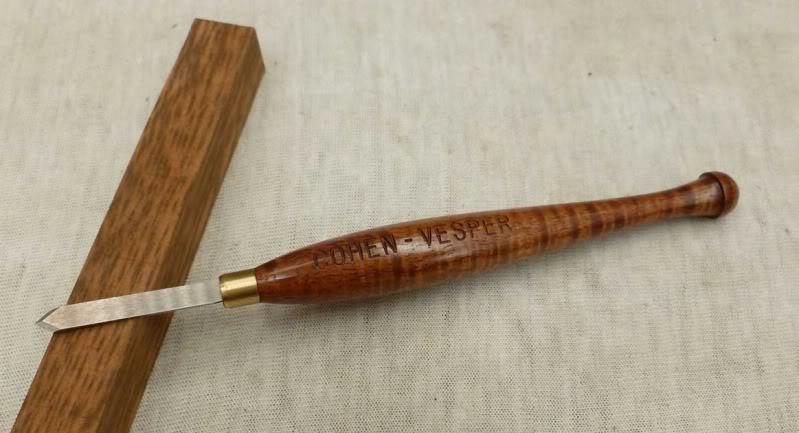
Originally Posted by
Ron Brese

Derek you ask good questions.
The side bevels are 20 degrees, enough to clear the corner of the steepest typical DT angles. The primary bevel at the cutting edge is 25 degrees with a secondary honed bevel at 30 degrees. I find this a good combination for paring and chopping. Having control of the heat treating process allows me to tweak the tempering to produce favorable characteristics for the chisel's intended purpose. These are tempered at a slightly higher temperature than say a chisel meant for paring. That helps them hold up to chopping. When I test these I should be able to pare cleanly, then chop a base line and still go back and pare cleanly. If it passes this test I know I have the heat treating spot on. There is little to no land on the sides of these chisels. Once surface ground I typically have to break the edges with a piece of fine abrasive so as to make them safe to hold. The thickness is a nominal 1/8" but I make these from oversize stock so once ground they are typically .135 to .138 finished thickness.
The size came about when I was doing a lot of dovetailing on a couple projects. Even though I cut some nice joinery on those projects I did notice that there was a tendency for my edge to walk slightly out of the knife line when I changed my focus to the striking point at the top of the chisel handle. The longer chisels have a higher center of gravity. The small size lowers the center of gravity and puts the knife line and the top of the handle in one line of sight so there is no need to change your focus when striking the top. This is evidently a common issue because these have proved to be one of the most popular chisels I offer.
The way dovetailing is taught these days there is a lot of emphasis on efficient methods to excavate waste. Bashing out a lot of waste with a chisel wears out three things. The person doing the work, the handle of the chisel and most importantly the edge. If more efficient waste excavation is your method then a large chisel with a bigger handle is no longer a necessity. I much prefer to save my sharp chisel edges for the important work of cutting cleanly to the knife lines.
Ron
I really enjoy learning the thinking behind a tool's design. Thanks for the lesson Ron!
"All that is necessary for the triumph of evil is that good men do nothing."
“If you want to know what a man's like, take a good look at how he treats his inferiors, not his equals.”





 Reply With Quote
Reply With Quote



